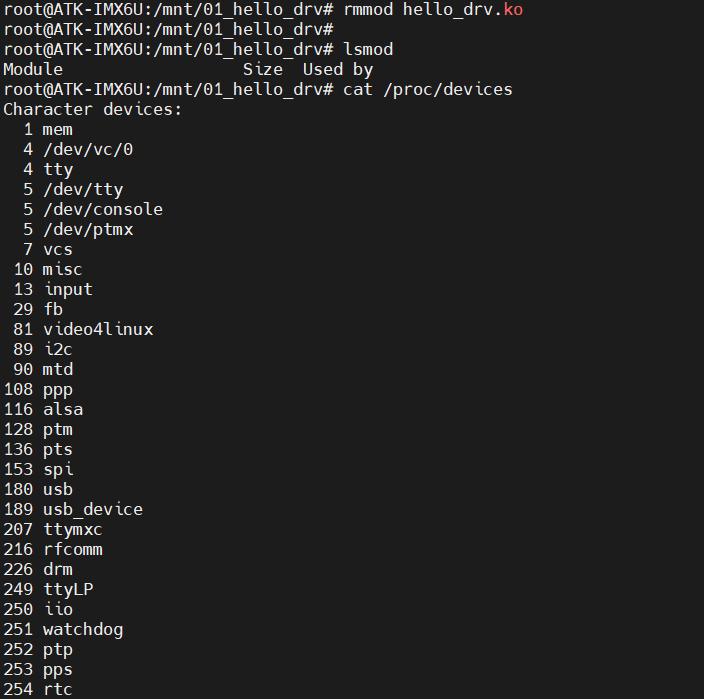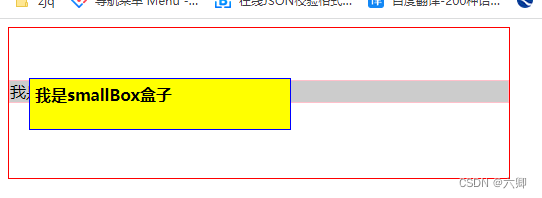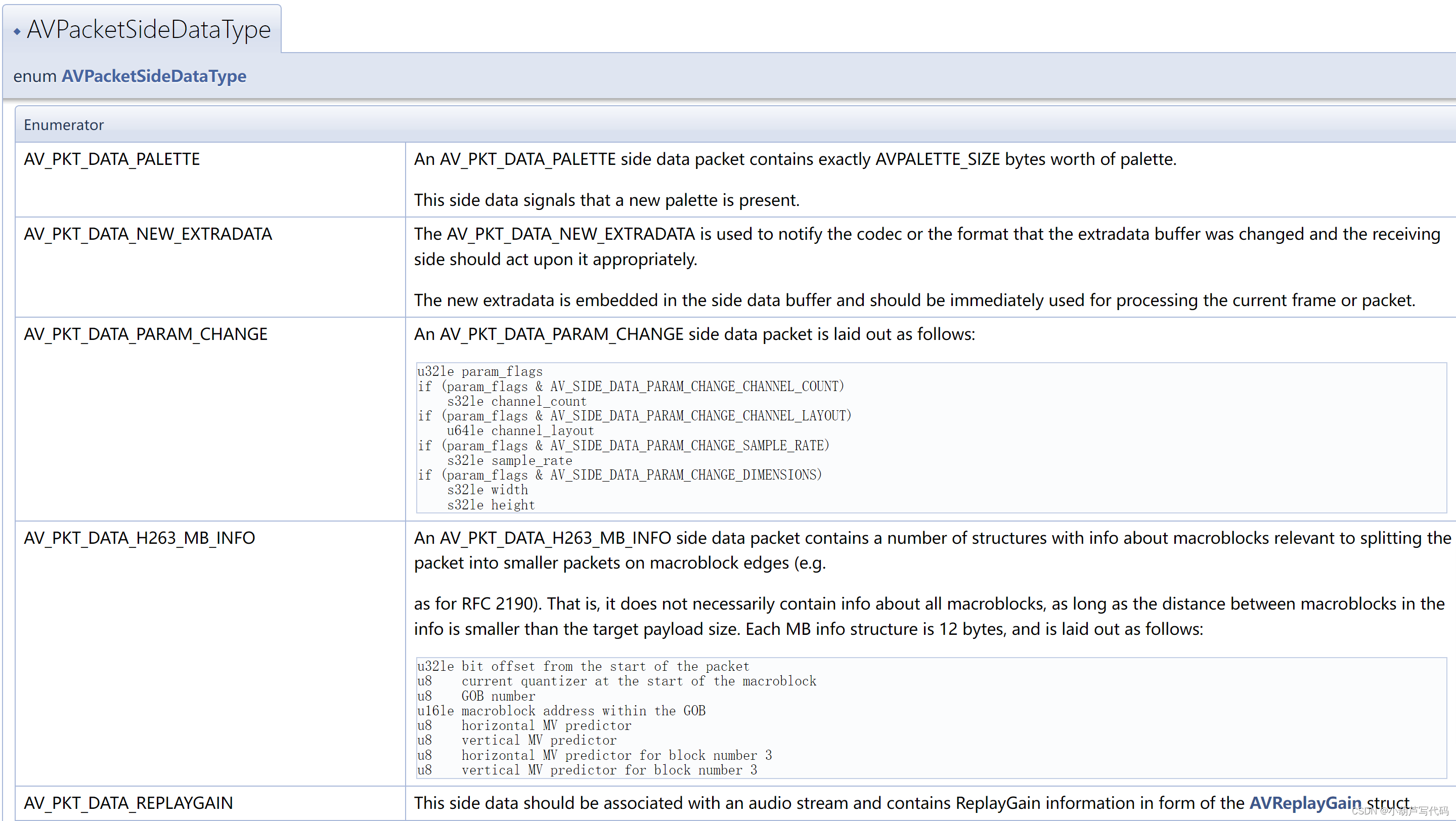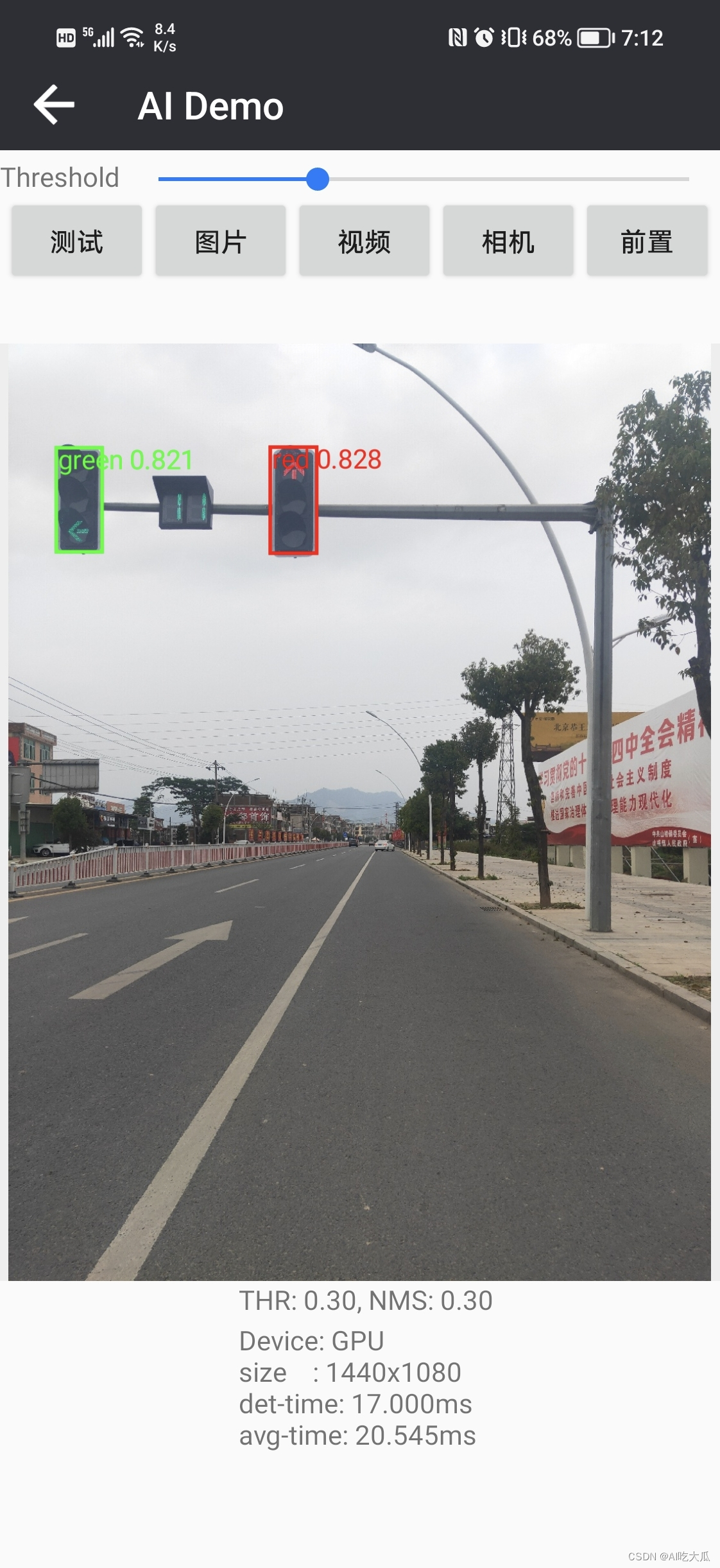1、线程池的自我介绍:
● 线程的数量过多会反复的创建并销毁
● 为什么使用线程池?
○ 第一:反复创建线程开销大
○ 第二:过多的线程会占用太多内存
解决以上两个问题的思路:
○ 用少量的线程-避免内存占用过多
○ 让这部分线程都保持工作,且可以反复执行任务—避免生命周期的损耗
2、线程池的参数
corePoolSize 核心线程数
maxPoolSize 最大线程数
keepAliveTime 保持存活时间(非核心线程的存活时间)
workQueue 任务存储队列
threadFactory ThreadFactory 当线程池需要新的线程的时候,会使用threadFactory来生成新的线程
Handler RejectedExecutionHandler 由于线程池无法接受你所提交的任务的拒绝策略
TimeUnit unit: keepAliveTime的时间单位
corePoolSize指的是核心线程数:线程池在完成初始化后,默认情况下,线程池中并没有任何线程,线程池会等待有任务到来时,再创建新线程去执行任务
线程池有可能会再核心线程数的基础上,额外增加一些线程,但是这些新增加的线程数有一个上限,这就是最大量maxPoolSize
3、添加线程的规则
- 如果线程数小于核心线程数(corePoolSize),即使其他工作线程处于空闲状态,也会创建一个新线程来运行新任务
- 如果线程数等于(或大于)核心线程数(corePoolSize)但少于最大线程数(maximumPoolSize),则将任务放入队列
- 如果队列已满,并且线程数小于最大线程数(maxPoolSize),则创建一个新线程来运行任务
- 如果队列已满,并且线程数大于或等于最大线程数(maxPoolSize)中,则拒绝该任务
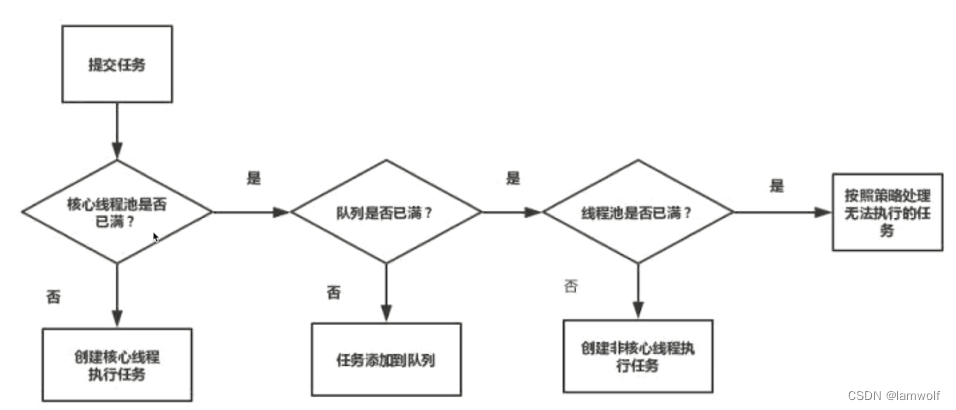
4、工作队列
-
无界队列:LinkedBlockingQueue
是一个单向链表实现的阻塞队列,先进先出的顺序,支持多线程并发操作,可以认为是无界队列
新元素插入到队列的尾部,并且队列获取操作会获得位于队列头部的元素 -
有界队列:ArrayBlockingQueue
一个由数组支持的有界队列,此队列按先进先出原则对元素进行排序
新元素插入到队列的尾部,队列获取操作则是从队列头部开始获取元素
这是一个简单的“有界缓存区”,一旦创建,就不能在增加其容量 -
同步队列:SynchronousQueue
一个没有内部容量的同步队列,(容量为0,无论何时,size方法总是返回0)
每个插入操作必须等待另一个线程进行相应的删除操作,反之亦然
put操作阻塞,直到另外一个线程取走队列的元素
take操作阻塞,直到另外的线程put某个元素到队列中
任何线程只能取得其他线程put进去的元素,而不会取到自己put进去的元素
5、JDK提供的线程池
- newFixedThreadPool (固定大小的线程池,核心线程池数量和最大线程池数量相等且可以手动设置数量)
public static ExecutorService newFixedThreadPool(int nThreads){return new ThreadPoolExecutor(nThreads,nThreads,keepAliveTime:0L,TimeUnit.MILLISECONDS,new LinkedBlockingQueue<Runnable>())
}public static ExecutorService newFixedThreadPool(int nThreads,ThreadFactory threadFactory){return new ThreadPoolExecutor(nThreads,nThreads,keepAliveTime:0L,TimeUnit.MILLISECONDS,new LinkedBlockingQueue<Runnable>(),threadFactory);
}
使用无界队列(LinkedBlockingQueue),容量没有上限,所以当请求数量越来越多,并且无法及时处理完毕的时候,也就是请求堆积的时候,会容易造成占用大量的内存,可能会导致OOM
- newSingleThreadExecutor(单一线程池,核心线程池数量和最大线程池数量都为1)
public static ExecutorService newSingleThreadExecutor(){return new FinalizableDelegatedExecutorService(new ThreadPoolExecutor(corePoolSize:1,maximunPoolSize:1,keepAliveTime:0L,TimeUnit.MILLISECONDS,new LinkedBlockingQueue<Runnable>()))
}public static ExecutorService newSingleThreadExecutor(ThreadFactory threadFactory){return new FinalizableDelegatedExecutorService(new ThreadPoolExecutor(corePoolSize:1,maximunPoolSize:1,keepAliveTime:0L,TimeUnit.MILLISECONDS,new LinkedBlockingQueue<Runnable>(),threadFactory))
}
- CachedThreadPool (核心线程数量为0,最大线程数量为Integer类型的最大值,使用同步队列)
public static ExecutorService newCachedThreadPool(){return new ThreadPoolExecutor(corePoolSize:0,Integer.MAX_VALUE,keepAliveTime:60L,TimeUnit.SECONDS,new SynchronousQueue<Runnable>())
}public static ExecutorService newCachedThreadPool(ThreadFactory threadFactory){return new ThreadPoolExecutor(corePoolSize:0,Integer.MAX_VALUE,keepAliveTime:60L,TimeUnit.SECONDS,new SynchronousQueue<Runnable>(),threadFactory);
}
- newScheduledThreadPool (核心线程数根据构造函数指定,最大线程数为Integer.MAX_VLAUE)
ScheduledThreadPool是一个能实现定时、周期性任务的线程池。
public static ScheduledExecutorService newScheduledThreadPool(int corePoolSize) {return new ScheduledThreadPoolExecutor(corePoolSize);}public ScheduledThreadPoolExecutor(int corePoolSize) {super(corePoolSize, Integer.MAX_VALUE, 0, NANOSECONDS,new DelayedWorkQueue());}public static ScheduledExecutorService newScheduledThreadPool(int corePoolSize, ThreadFactory threadFactory) {return new ScheduledThreadPoolExecutor(corePoolSize, threadFactory);}public ScheduledThreadPoolExecutor(int corePoolSize,ThreadFactory threadFactory) {super(corePoolSize, Integer.MAX_VALUE, 0, NANOSECONDS,new DelayedWorkQueue(), threadFactory);}
6、停止线程池的方法
shutdown:当执行完此方法后,不会立即停止线程,而是执行完已经创建好的线程再停止线程,如果再有新的线程加入,则会实行拒绝策略。
package ThreadPool;import java.util.concurrent.ExecutorService;
import java.util.concurrent.Executors;/*** @author yjx* @description* @date*/
public class Shutdown {public static void main(String[] args) throws InterruptedException {ExecutorService executorService = Executors.newFixedThreadPool(10);for (int i = 0; i < 10; i++) {ShutDown1 shutDown1 = new ShutDown1();System.out.println(shutDown1);executorService.execute(shutDown1);}Thread.sleep(1500);executorService.shutdown();executorService.execute(new ShutDown1());}
}class ShutDown1 implements Runnable{@Overridepublic void run() {try {Thread.sleep(500);System.out.println(Thread.currentThread().getName());} catch (InterruptedException e) {e.printStackTrace();}}
}pool-1-thread-1
pool-1-thread-10
pool-1-thread-9
pool-1-thread-7
pool-1-thread-8
pool-1-thread-6
pool-1-thread-5
pool-1-thread-4
pool-1-thread-3
pool-1-thread-2Exception in thread "main" java.util.concurrent.RejectedExecutionException: Task ThreadPool.ShutDown1@6f94fa3e rejected from java.util.concurrent.ThreadPoolExecutor@5e481248[Terminated, pool size = 0, active threads = 0, queued tasks = 0, completed tasks = 10]at java.util.concurrent.ThreadPoolExecutor$AbortPolicy.rejectedExecution(ThreadPoolExecutor.java:2047)at java.util.concurrent.ThreadPoolExecutor.reject(ThreadPoolExecutor.java:823)at java.util.concurrent.ThreadPoolExecutor.execute(ThreadPoolExecutor.java:1369)at ThreadPool.Shutdown.main(Shutdown.java:21)
isShutdown:判断是否进入停止状态
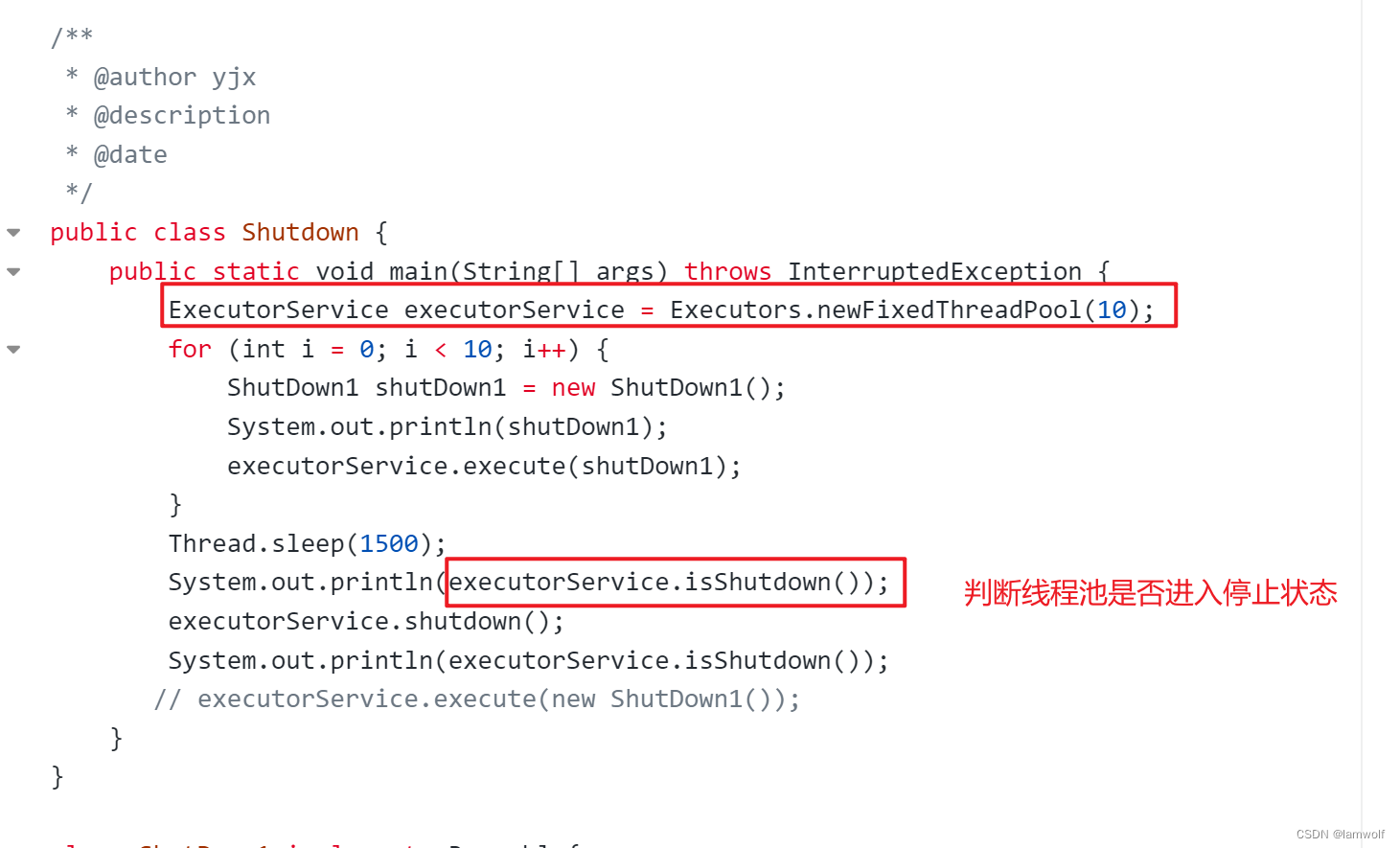
isTerminated:判断所有的任务是否已经执行完,当所有的任务已经执行完后返回true,否则返回false
